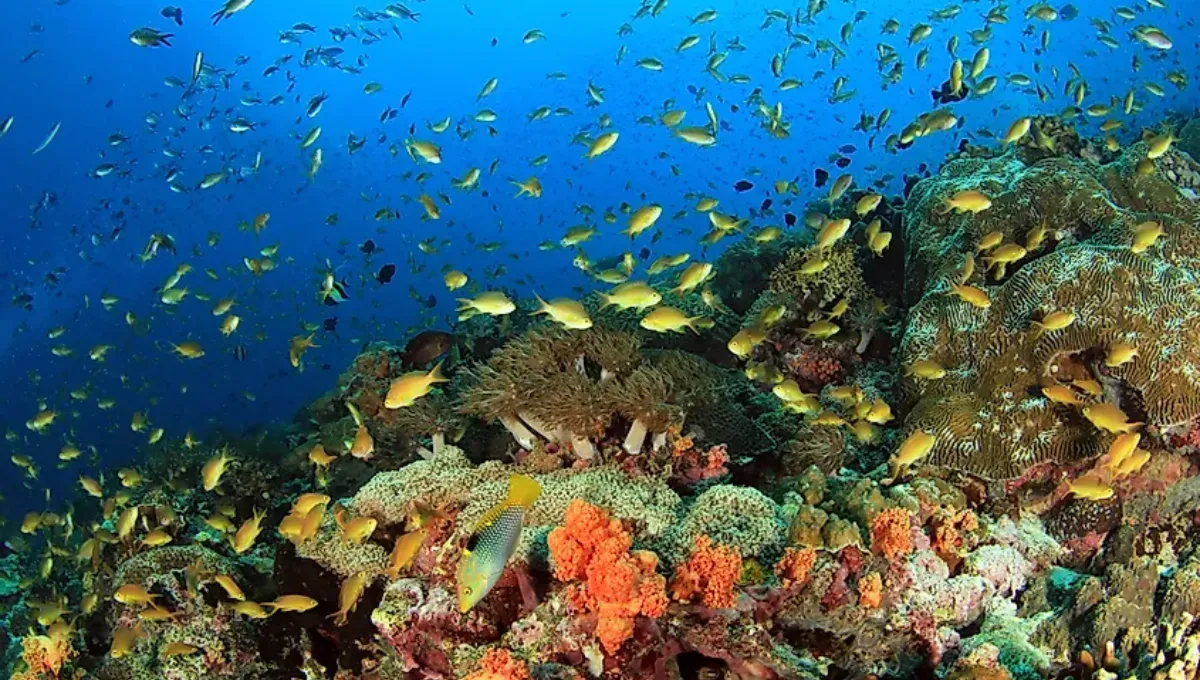

The Philippines, known as the “Coral Triangle,” is widely recognized as one of the most biodiverse regions on the planet. Its rich marine ecosystems host a staggering variety of aquatic life(Fish Are There In The Philippines), including abundant fish species. In this article, we will delve into the fascinating world of Philippine fish diversity, exploring the number of species in the country and shedding light on the importance of conservation efforts. As a company deeply invested in the fishing industry, United Fish acknowledges the significance of understanding and preserving this remarkable biodiversity.
The Philippines, an archipelago comprising more than 7,000 islands, offers an extensive coastal zone and diverse aquatic habitats. With warm tropical waters, the country provides an ideal environment for a wide range of fish species to thrive. Its coral reefs, seagrass beds, mangroves, and open ocean waters contribute to a remarkably high level of biodiversity.
The Coral Triangle, encompassing the waters of Indonesia, Malaysia, Papua New Guinea, the Solomon Islands, Timor-Leste, and the Philippines, is renowned for its exceptional marine biodiversity. It is estimated to be home to 75% of the world’s coral species, 37% of reef fish species, and an astonishing 53% of the world’s coral reefs. As part of this hotspot, the Philippines(Fish Are There In The Philippine) plays a crucial role in maintaining the health of this ecosystem.
The fish species found in the Philippines represent a stunning tapestry of colors, shapes, and ecological roles. While exact numbers are difficult to ascertain due to ongoing scientific discoveries, experts estimate that there are over 2,500 fish species in Philippine waters(Fish Are There In The Philippine). However, this number will likely increase as more research is conducted and new species are discovered.
The country is home to numerous iconic fish species, each playing a unique role in the marine ecosystem. Some notable examples include:
The national fish of the Philippines, bangus is a staple food source and is extensively farmed throughout the country.
The Philippine seas are rich in tuna species, including yellowfin, skipjack, and bigeye tuna. These fish are highly prized for their commercial and recreational value.
Made famous by the animated film “Finding Nemo,” clownfish are found in the Philippine reefs and form symbiotic relationships with anemones.
The Philippines is one of the best places in the world to encounter these gentle giants. Donsol, in particular, is known as the “Whale Shark Capital of the World.”
Lapu-Lapu, a popular food fish in the Philippines, belongs to the grouper family. These large, predatory fish are highly valued for their delicate flavor.
Despite the wealth of fish species in the Philippines, several threats endanger their survival:
Unsustainable fishing practices, such as blast fishing(Fish Are There In The Philippine) and destructive gear, contribute to the depletion of fish stocks.
The destruction of coral reefs, mangroves, and seagrass beds due to pollution, coastal development, and climate change poses a significant threat to fish habitats.
The Philippines faces challenges related to illegal, unreported, and unregulated (IUU) fishing, which further exacerbates the pressure on fish populations.
Recognizing the importance of fish biodiversity, the Philippine(Fish Are There In The Philippine) government, along with various organizations and stakeholders, has implemented several conservation efforts:
MPAs are designated areas where fishing and other human activities are regulated to protect fish stocks and habitats.
Promoting sustainable fishing practices, such as responsible fishing(Fish Are There In The Philippine) gear usage and proper catch management, helps mitigate overfishing.
Engaging local communities in conservation efforts through education, training, and alternative livelihood programs fosters a sense of stewardship and sustainable resource management.
Efforts to combat illegal fishing(Fish Are There In The Philippine), including increased patrols and stricter penalties for offenders, aim to protect fish populations and marine ecosystems.
The Philippines boasts an extraordinary array of fish species, contributing to its reputation as a global biodiversity hotspot. As United Fish recognizes the importance of sustainable fishing practices and conservation, it is crucial to support efforts that protect and preserve the diverse marine ecosystems found in the country.
By working together, we can ensure the long-term survival and abundance of fish species in the Philippines while securing local communities’ livelihoods and safeguarding our oceans’ health.
Read More:

Top popular online slots: from classics to digital experiments


How Long Does It Take to Resolve a Legal Case in Dubai?


Top Culinary & Adventure Experiences in Dubai

Bowl or Salad? Choose by Afternoon, Not Aesthetics
Recent Blogs

Top popular online slots: from classics to digital experiments


How Long Does It Take to Resolve a Legal Case in Dubai?